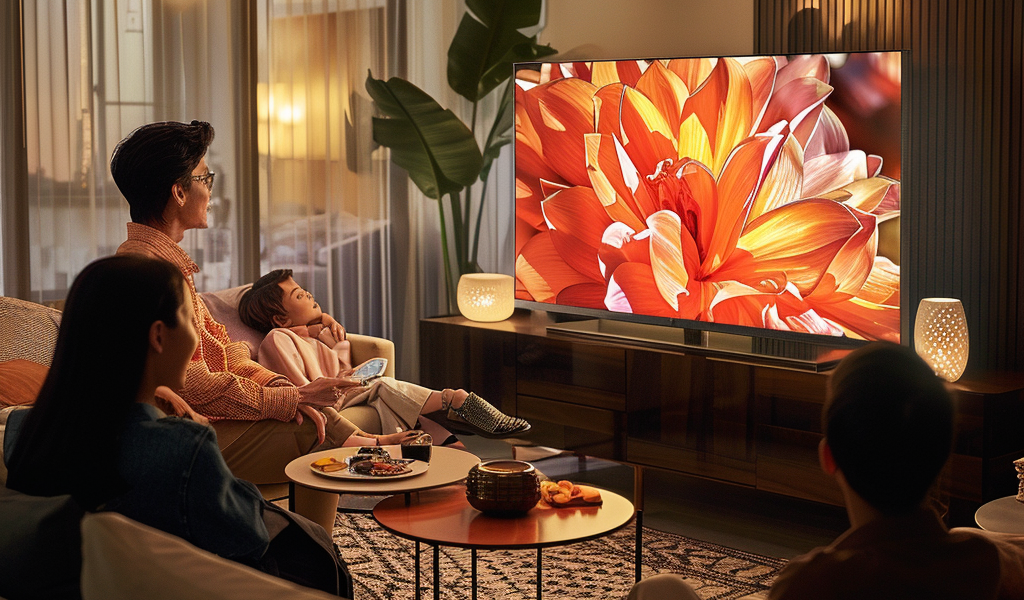As we delve deeper into 2024, the television landscape has undergone significant transformations, particularly with the introduction of flagship 4K Mini LED TVs. This year has seen a remarkable focus on Mini LED technology, which is now being marketed as a premium alternative to traditional OLED displays. Major players in the industry, including Samsung, Sony, and Panasonic, are making strides to showcase the capabilities of this advanced panel technology.
Samsung has long championed its Neo QLED technology, positioning the QN95D Mini LED TV as a direct competitor to the highly acclaimed S95D QD-OLED. This strategic move highlights Samsung’s commitment to Mini LED innovation. Meanwhile, Sony has also embraced this trend, prominently featuring Mini LED in its 2024 lineup, most notably with the Bravia 9 series. Panasonic, not to be left behind, has been eager to promote its W95A Mini LED TV, which received considerable attention during a recent event in Dusseldorf.
With the stakes high, two of the most significant Mini LED TVs of 2024 have emerged: the Samsung QN95D and the Sony Bravia 9. Both have been rigorously tested, and while they have garnered four-star ratings, this is a notable dip from the five-star accolades achieved by their predecessors in 2023.
The four-star rating, while still commendable, raises questions about what may have held these models back from reaching the pinnacle of excellence. For the Sony Bravia 9, certain picture quirks have been identified that detracted from its overall performance. Although it excels in delivering vibrant colors and impressive brightness, some minor issues have prevented it from achieving the same level of acclaim as its earlier models.
On the other hand, the Samsung QN95D has also faced scrutiny, particularly in comparison to last year’s QN95C, which was awarded five stars. The drop in ratings for both brands has sparked discussions among consumers and industry experts alike, as they analyze the factors contributing to this shift.
One of the key advantages of Mini LED technology is its ability to enhance contrast and brightness levels, making it a compelling choice for viewers who prioritize picture quality. The increased number of local dimming zones allows for improved black levels and a more dynamic viewing experience. However, the effectiveness of these enhancements can vary between models, prompting a closer examination of how each television performs in real-world scenarios.
In addition to picture quality, features such as smart capabilities, user interface, and overall design also play a crucial role in consumer decision-making. Both the Samsung and Sony models come equipped with advanced smart TV functionalities, offering access to a wide range of streaming services and applications. The user experience is further enhanced by intuitive interfaces that simplify navigation and content discovery.
As consumers continue to seek out the best viewing experiences, the competition among TV manufacturers remains fierce. The introduction of Mini LED technology has undoubtedly elevated the standards for picture quality, but it also raises the question of whether it can truly rival the established OLED market. With brands like Samsung and Sony pushing the boundaries of innovation, the future of television technology looks promising.
In summary, 2024 marks a pivotal year for Mini LED TVs, as they emerge as serious contenders in the high-end television market. With flagship models like the Samsung QN95D and Sony Bravia 9 leading the charge, consumers are presented with exciting options that promise enhanced picture quality and advanced features. As the year progresses, it will be interesting to see how these technologies evolve and whether they can meet the high expectations set by their OLED counterparts.





